FILTER AND PURIFY WATER
WATER TREATMENT SOLUTION :
It may seem quite simple what the difference between these two terms is, filter and purify water or a liquid, but in reality it is very common for them to lead to confusion. For this reason we will touch on this topic and thus we will know how to differentiate between one and the other, and when they are used.
Filtering means ‘retaining solids suspended in a fluid’, this can be air, water or some other fluid.
And by suspended solid we must understand everything that is not dissolved in water, since when a solid dissolves in water it is considered dissolved solids.
Dissolved what is it?
Yes, let’s imagine that we have a cup of coffee, it has happened to more than one sweet addict that he puts one, two, three and even four! tablespoons of sugar.
The sugar in the first two tablespoons dissolves without problem.
The next two will no longer do it, because depending on the solid compound, its solubility is (that of salt is 24% in water, for example).
These two tablespoons will settle at the bottom of the cup and no matter how much you turn them with the spoon,
they will no longer be able to dissolve, and these are what we can call suspended solids.
The problem when filtering is that you depend on the size of the filter mesh (it is measured in microns) depending on what you want to filter is the micron that you should use.
In the case of viruses and bacteria, which are suspended solids because they do not dilute, filtering water does not work.
Because? because, although they are not dissolved in water.
These are tiny, a 0.2 micron filter would be needed to prevent them from passing through.
Purify
Since we’ve seen what filtering actually does, now we’ll talk about what happens when you purify.
The concept of purifying encompasses filtration, but also more processes to remove other contaminants.
Let’s say that the first step for purification is filtration. But if your filter is .10 or .5 microns,
guess what? Bacteria and viruses pass easily through the filter. But don’t worry, in the purification processes this is already planned.
Another step is added, which is known as disinfection, where the bacteria are disabled.
What is done is to place an ultraviolet light or a very tight mesh where neither bacteria nor viruses can pass through, or add a chemical such as chlorine or ozone.
And the champion of champions of purification is Reverse Osmosis.
Reverse Osmosis combines different steps to obtain the cleanest water possible.
It has such a small mesh that not even minerals diluted in water pass through.
It has activated carbon cartridges to prevent chlorine and organic matter from passing through, and a sediment cartridge.
Both are for the protection of the Osmosis membrane,
which has such a tiny micron that, if it did not have this protection, it would be destroyed or saturated in a matter of minutes.
This is the difference between filtering and purifying and the big problem is believing that ‘if I buy a filter, the water already becomes drinkable’.
Difference between filtering water and purifying water.
Water, water, everywhere.
But what kind of water is it? Filtered or purified? The difference between these two terms can be confusing for many people.
To understand the difference between filtering and purifying water, you have to know how each of these processes works.
Filtering
water is a physical process that consists of straining or forcing a liquid through a permeable material, such as sand, zeolite, cartridge filter, bag filter.
Filtering water is a physical process that involves straining or forcing a liquid through a permeable material, such as sand, a mesh, membrane or fabric.
Water filtration removes large particles from the liquid using mesh filters that only allow particles of certain sizes to pass through.
Filtered water leaves behind everything larger than its mesh size, including minerals, metals, dissolved organic and inorganic contaminants, as well as bacteria and parasites.
Filter cartridges, Cartridges and cartridge holders, Filter water filtration bag, 3M cartridge filters
Industrial 3M DuoFlo Bag Filter
Filter cartridges, Cartridges and cartridge holders, Filters 3M cartridge
3M High Flow Cartridge
Filter cartridges, Cartridges and cartridge holders, Filters 3M cartridge
3M 740B Series High Performance Cartridge
Filter cartridges, Cartridges and cartridge holders, Filters 3M cartridge
Cartucho 3M Betapure NT-T
Cartridges and cartridge holders, Single and multiple filter holders or cartridge holders
BB Big Blue cartridge holder or filter holder for 4.5″ HF45 Cartridge
Cartridges and cartridge holders, Single and multiple filter holders or cartridge holders
Robust HF5 filter holder with HF5 3/4″ rib lid, 10″ and 20″ height
Cartridges and cartridge holders, Single and multiple filter holders or cartridge holders
1/4″, 3/8″, 1/2″ and 3/4″ HF3 NPT Rib Filter Holders or Cap Housings
Cartridges and cartridge holders, Single and multiple filter holders or cartridge holders
Holds SLIM HF2 NPT 1/4″ 3/8″ and 1/2″ flat top cartridges.
Mesh filter and discs, Water treatment plant
AZUD HELIX AUTOMATIC 4DCL DLP agricultural and industrial irrigation filter
Purify
water is a chemical process that eliminates or expels all dissolved organic and inorganic matter.
Water purification is a chemical or physical process at a molecular level that eliminates or expels all dissolved organic and inorganic matter from water.
It can be carried out by various methods,
such as distillation, ultra or nano filtration, osmotization process and adsorption with activated carbon.
Water purification is used to make it drinkable after it has been contaminated with harmful substances
such as bacteria or chemicals such as arsenic.
Antifouling and membrane cleaners, Water treatment chemicals
Anti-scalant for Titan reverse osmosis membrane
Physical filtration consists of removing large solid particles from a liquid, above 0.2 microns,
while purification with activated carbon or membranes removes smaller particles and the most harmful contaminants.
Physical filtration uses a filter media to physically trap dirt and other contaminants as they pass through it.
Some examples of this type of filter are sand filters (deep bed), pleated cartridge type, polyspun, yarn or bag filters, diatomaceous earth (DE) filters and disc filters.
These types of filters are used in municipal water treatment plants
because they can remove up to 90% of the total suspended solids in water while maintaining safe drinking water levels for humans,
which is important. when dealing with large quantities of water, such as those found in municipal systems.
Activated carbon is no longer considered a Filter, but rather a Purifier.
Activated charcoal has been used for centuries as a method to remove organic materials from liquids such as wine or beer before bottling
so that no flavors remain after fermentation is complete;
However, today it is most commonly used by aquarium owners who want to treat their fish tanks as a treatment to remove chlorine and other oxidants.
It is no longer considered a filter because it is not a medium that only retains suspended solids between its granules,
but rather it is an adsorbent of dissolved organic matter,
which retains it in its pores by chemical forces in water treatment systems.
There is a difference between filtering water and purifying it.
Filtering removes large particles and activated carbon or membrane purification removes dissolved particles
And the most harmful contaminants such as fluoride, chlorine, arsenic and pesticides.
Conclusion
We hope this article has helped you understand the difference between filtering and purifying water.
We know it can be confusing, but we also think it’s important for everyone to know what they’re doing
when it comes time to filter or purify their own water supplies.
After all, we live in a time when clean water is becoming increasingly scarce.
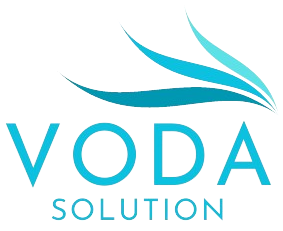

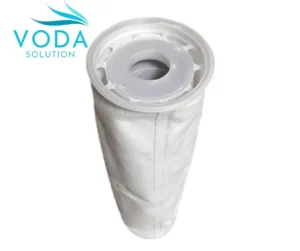
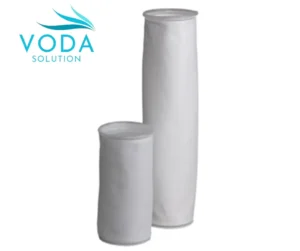
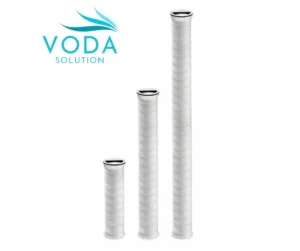
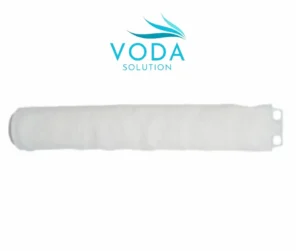
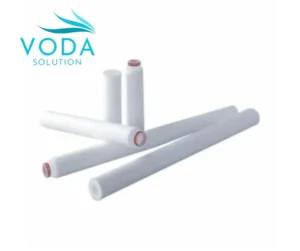
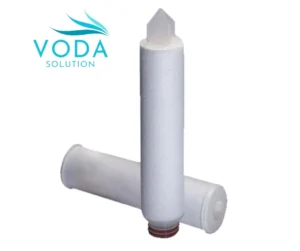
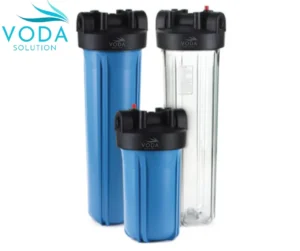
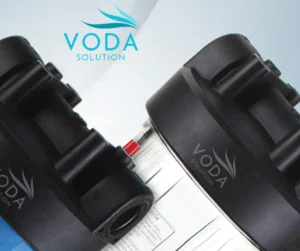
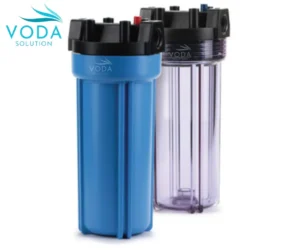
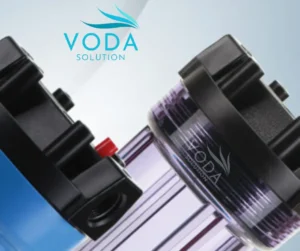
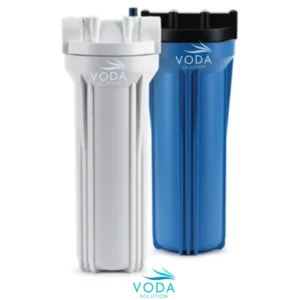
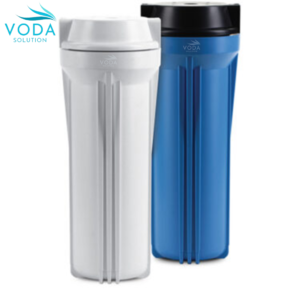
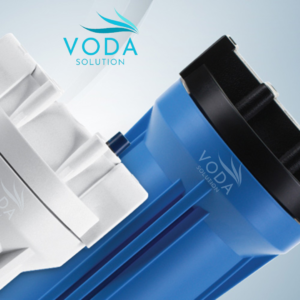
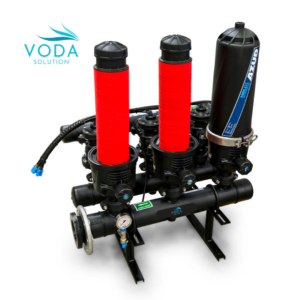
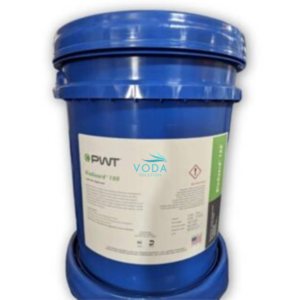
Great beat ! I would like to apprentice while you amend your web site, how could i subscribe for a blog site? The account helped me a acceptable deal. I had been a little bit acquainted of this your broadcast provided bright clear concept
Thank you for writing this post!
Please provide me with more details on the topic
Good web site! I truly love how it is easy on my eyes and the data are well written. I am wondering how I could be notified whenever a new post has been made. I’ve subscribed to your RSS which must do the trick! Have a nice day!
Thank you for providing me with these article examples. May I ask you a question?
for sure
Definitely, what a fantastic blog and instructive posts, I will bookmark your blog.All the Best!
I appreciate the real-life examples.